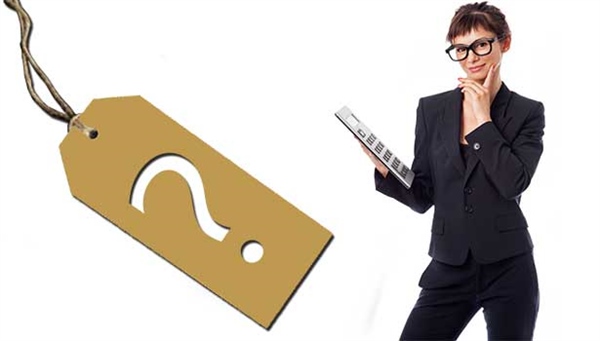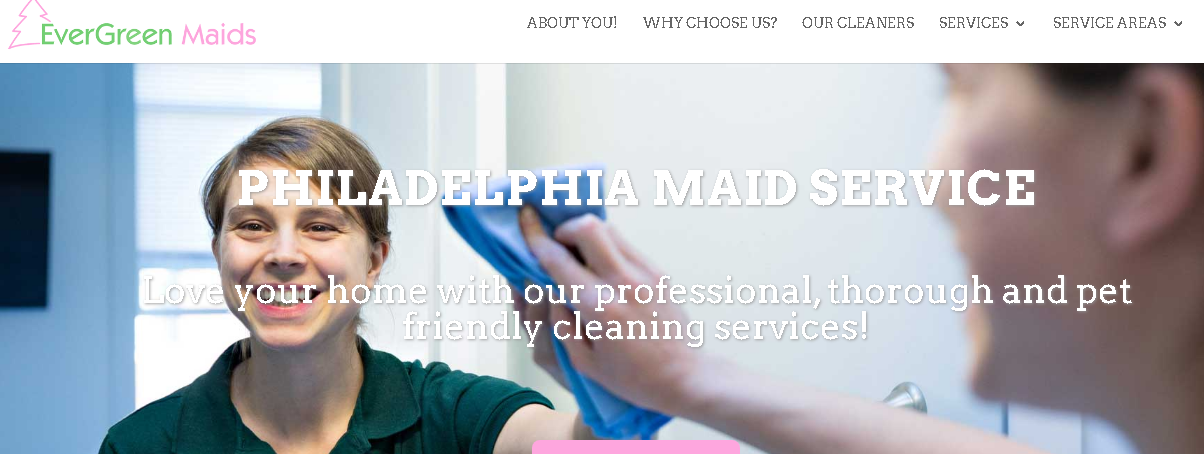Each company’s pricing sweet spot is different, so dig in to the full complexity of figuring up your perfect service price for your market.
Yes! Yes, there is a WRONG question to ask about pricing your service. You know it already. You’ve seen it a million times on LinkedIn boards, on Facebook, in listservs, at conferences. And it comes in a couple of variations:
– What do you charge for your services?
– What should I charge for my services?
– What is the industry average rate for cleaning services?
What! You didn’t know that was the WRONG question? That’s okay. You’re not alone.
Benchmarking your prices against those with similar sized businesses and in similar markets isn’t a bad idea. But even benchmarking doesn’t help you sort out why you’re having a hard time turning a profit if you haven’t answered three basic questions. Cue the math lesson!
1. What does Getting the Customer Cost You?
This question popped up on the ARCSI LinkedIn board just last week, with most responders citing anywhere from $200-$600 spent for each customer acquisition. To recoup that cost, you need to be able to account for it as part of your price. Calculating the cost of customer acquisition is pretty simple:
Total Cost of Campaign / Total Number of Customers Gained Through Campaign
Keep both the cost per campaign and a running total to inform your Marketing Plan and your overall business budgeting decisions each quarter.
[EasyDNNnewsToken:Left Justify Embed 300 x 250]2. What Does the Cleaning Cost You?
Of the three questions and calculations, the cost of a cleaning is a lot more complex that it seems.
If you’ve never calculated the cost of a cleaning before, start with the simplified version to get a baseline: (labor*hours) + supplies and equipment. This calculation is useful and reasonably accurate for companies with no office or support staff.
When you’ve got the hang of tracking the cost of each cleaning job, you can begin to run an overall average as well as averages based on zip code, neighborhood, square footages, number of rooms, frequency or any other way you’ve chosen to segregate the various types of jobs you book.
3. What Does Keeping the Customer Cost You?
Also called Customer Retention, the cost of keeping a customer long-term is a combination of service delivery, following up with the customer on a regular basis, and adding value the longer the customer is with you. Use this video to begin calculating the cost of customer retention and compare the value (or savings) of retention over acquisition.
So while that classic but “wrong” question is direct, the answers you get are not useful to you unless both you and the other companies answer those questions above with almost the exact same answers. But even then, your goals and timeline are likely different, as is your market; both of those factor in to what you eventually decide to charge.
Lucky for you, ARCSI recently published an industry benchmarking report for residential cleaning services. The report is available for purchase by non-members and is free to members.
Finding the Sweet Spot for Your Price Levels
Here’s the good news. Research into how customers perceive price differences indicates that, in general, the first number in a price is perceived as the most important and gets the most priority when two or more prices are compared. For example, people tend to think of $4.99 as being more closely related to $4 than to $5.
How does this work for your pricing levels? Well, most cleaning companies expect to earn the most revenue from customers who schedule more frequent cleaning jobs, namely weekly and biweekly. Those customers who schedule monthly or “special” cleanings may pay a higher one-time price – always nice in the bank – but you lose out on the build up from recurrence. So set your higher frequency cleaning rates in the lower bracket ($20s or $30s) and the lower frequency cleaning rates in the higher bracket ($30s or $40s).
Remember, the research shows that the first number is more important to the consumer in influencing the buying decision.
To Publish or Not to Publish Your Rate
Armed with real numbers from inside your own company, you are now in a much better position to judge where your rate will fall within the commonly cited $25/hour – $45/hour rate range for residential cleaning (or per room or per square foot, whichever you determine is most effective for your operations).
But making your rate “fit” in that range isn’t a magic pill for getting more customers, especially if you aren’t publishing your hourly rate as several newcomers are doing: Homejoy is proud for all to know that it charges $20/hour, and smaller online cleaner referral services encourage cleaners who register with them to publish their rates by the hour, by the room or by the job. Beyond that, lead generators like HomeAdvisor and RedBeacon are collecting data from every estimate provided through their system and show shoppers what they can expect to pay for various home services, nationally and in their local area.
There’s something to be said for price transparency. For many consumers, it’s a point of trust; if they can’t replicate your estimate in some reasonable fashion, then there must be something fishy about how you’re coming up with their rates.
For cleaning business owners, price transparency seems scary. Why? Ask even the multi-million dollar cleaning companies, and they’ll tell you that margins are small and labor costs more than they want it to. And telling the competition what you’re charging seems to give them an edge, either in figuring out what your costs are or even just flat out undercutting your prices to take business away.
But the precedent for price transparency in cleaning services is being set even as we track this week’s revenue. Start small. Use open-ended phrases like “starting at $29.99/hour.”
CeCe Mikell is the Editorial Director for Cleaning Business Today, coming to the cleaning industry from a 15-year career as a college professor of communication and business. She also works with several cleaning business owners on business development projects.






